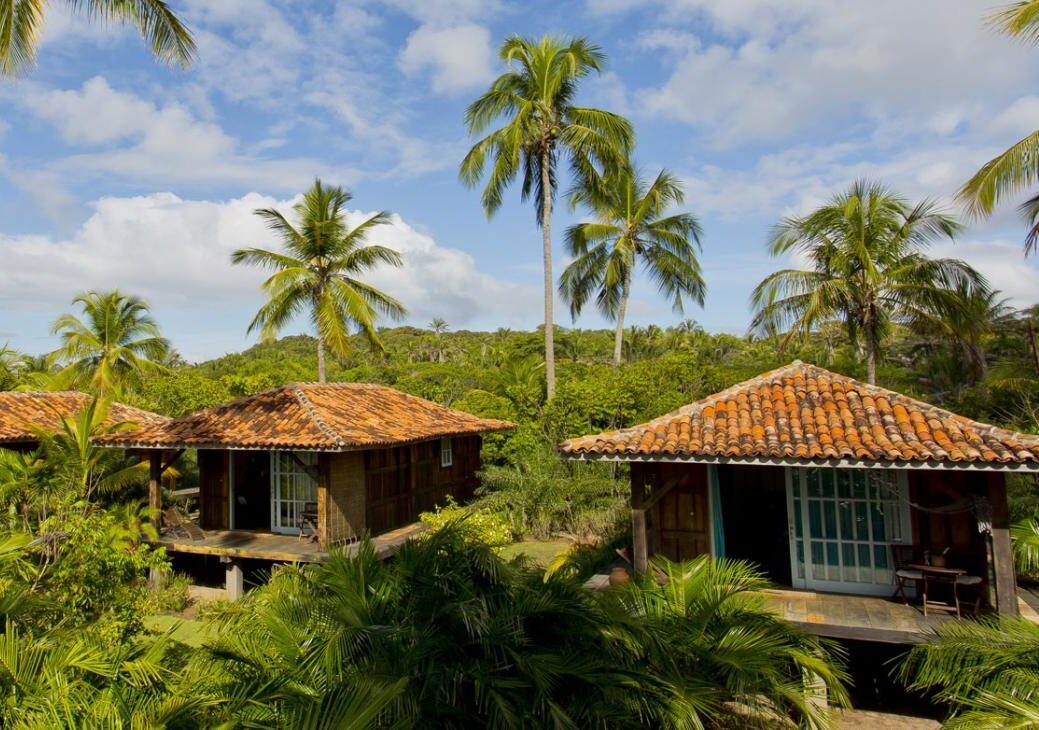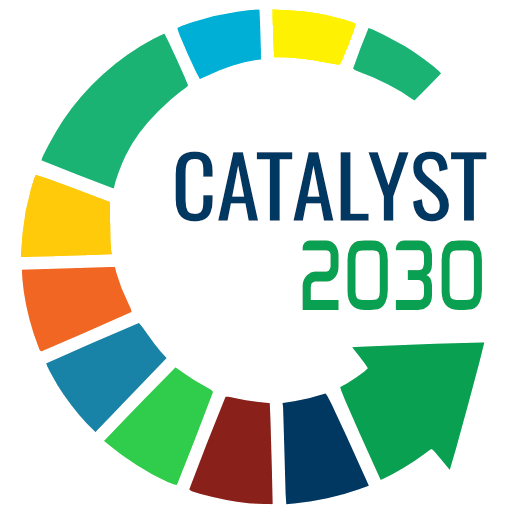
Is there any way to make businesses more sustainable? Which indicators should be chosen? Let’s start by saying that the answer is “yes” and that there is no single standard. In fact, there are many possibilities if we use personalized indicators as a path to a business that is good for people and the world.
In recent years, the concepts of sustainability and social responsibility have become increasingly central to discussions about the future of business. The adoption of practices aligned with ESG (Environmental, Social, and Governance) principles has become a trend among large companies due to pressure from the financial market, but far beyond “a trend“, it is a necessity.
Companies that adopt customized indicators for their ESG practices seek to minimize their environmental impact, move closer to social justice, and maintain more ethical and transparent governance. But when a small entrepreneur, for example, is faced with complex regulations, or when someone who hasn’t yet started down the sustainability path tries to get certified, a feeling of powerlessness can arise.
That’s why we say that contributing collectively to the development, training, and qualification of these businesses is the best choice for structuring ourselves with interdependence and mutual support.
How can I create customized ESG indicators for a business association?
Over many years we have helped business associations from a variety of sectors, but especially tourism associations, to structure themselves and improve their governance. Along the way, we have helped to review the mission, the strategies, and, of course, the evidence that the intended paths are (or are not) being followed in the way and at the time planned.
That’s what indicators are – conventions that show us that we are making progress towards a goal. You know that saying “if you don’t know where to go, any road will do”? Those who work without targets and indicators can get anywhere – or nowhere!
When a business genuinely wants to be more sustainable – and not just say it is sustainable, practicing greenwashing – it first needs to be clear about what it is already doing. Measuring is fundamental to defining the starting point and marking each step taken. As well as being important internally, communicating (based on what is actually done and not on intentions or speeches) is one of the main pillars of governance – transparency.
When we talk about associations or collectives, it is possible to measure the impact of each and every one together. Measuring together motivates each party. The collective result encourages the members and drives the journey forward. But the question remains: which indicator?
Nowadays, we have so many indicators, certifications, and measurement models that we can freeze up and not follow them due to the excess of paths and the doubts they generate. Many of these “paths” don’t apply to a company’s moment or format. Some certifications are sector-specific (like hospitality, for example) and, in that sense, a little more tailored. But the best of all worlds is when you can choose the indicators that make sense.
How we have contributed to BLTA
Last year, we were invited by the Brazilian Luxury Travel Association (BLTA) for a three-day immersion to discuss the challenges and opportunities for more regenerative and responsible tourism. We talked about the experience in the text “Is luxury tourism sustainable?“.
BLTA is an association created in 2008 to develop the luxury travel segment in Brazil. Since then, it has focused on promotional activities in the national and international markets. The aim is to present Brazil innovatively, with authenticity and sustainability as the main values. But how can this sustainability – put forward as a premise for these businesses – be made tangible and evidenced?
In April this year, we took part in an association event in Itacaré, Bahia. This was the start of the process of co-creating a baseline, a minimum set of practices that all 60 luxury tourism members must carry out and prove.
The concept of luxury in tourism is increasingly linked to exclusivity and experience, and less to opulence or extravagance. In this sense, nothing could be more coherent than a tailor-made sustainability path, designed and co-created with care and creativity.

